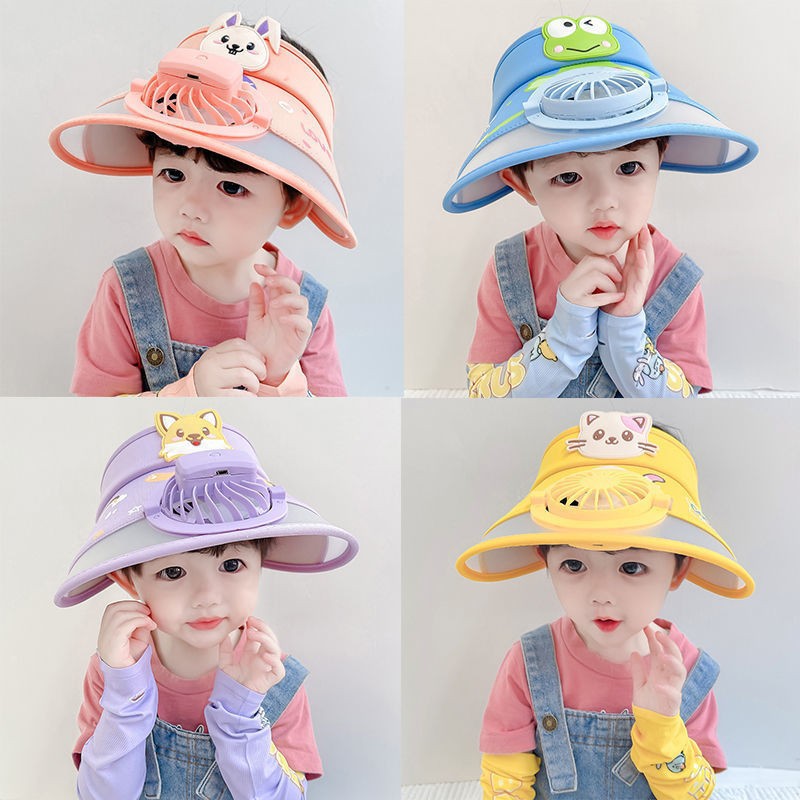The cowboy hat is an iconic symbol of American culture, particularly associated with the American West and the image of the cowboy. Its history traces back to the early to mid-19th century when cattle ranching became prevalent in the western United States.
- Origins: The cowboy hat’s design is believed to have evolved from various sources, including the wide-brimmed hats worn by Mexican vaqueros (cowboys) and Spanish conquistadors. These hats provided protection from the sun and rain, essential for working long hours in the outdoors.
- John B. Stetson: While the basic design of the cowboy hat existed prior, John B. Stetson is often credited with popularizing and standardizing the modern cowboy hat in the late 19th century. In 1865, Stetson created a hat made from felted beaver fur, which was durable, water-resistant, and provided excellent protection from the elements. This hat became known as the “Boss of the Plains” and laid the foundation for the classic cowboy hat design.
- Functionality: The cowboy hat’s design served practical purposes for those working on ranches and cattle drives. The wide brim provided shade from the sun, protection from rain, and even served as a makeshift water trough for horses. The high crown allowed for ventilation and insulation, and the shape helped identify the wearer’s origin or occupation.
- Popularity: As the American West became romanticized through literature, art, and later, film and television, the cowboy hat became a symbol of rugged individualism, freedom, and adventure. Its association with the cowboy lifestyle and the Wild West helped cement its popularity not only in the United States but also internationally.
- Variations: Over time, various styles of cowboy hats emerged, influenced by regional preferences, fashion trends, and practical needs. These include the traditional “ten-gallon” hat, the smaller “buckaroo” hat of the Southwest, and the flat-brimmed hats associated with rodeo culture.
- Cultural Impact: The cowboy hat remains an enduring symbol of American identity, often worn not only by ranchers and cowboys but also by performers, celebrities, and individuals as a fashion statement or homage to Western culture. It continues to be featured prominently in Western-themed events, rodeos, and festivals.
Overall, the cowboy hat’s history is intertwined with the growth of the American West, the cattle industry, and the cultural mythology surrounding the cowboy lifestyle. From its practical origins to its enduring popularity as a fashion accessory, the cowboy hat remains an iconic emblem of American heritage.








